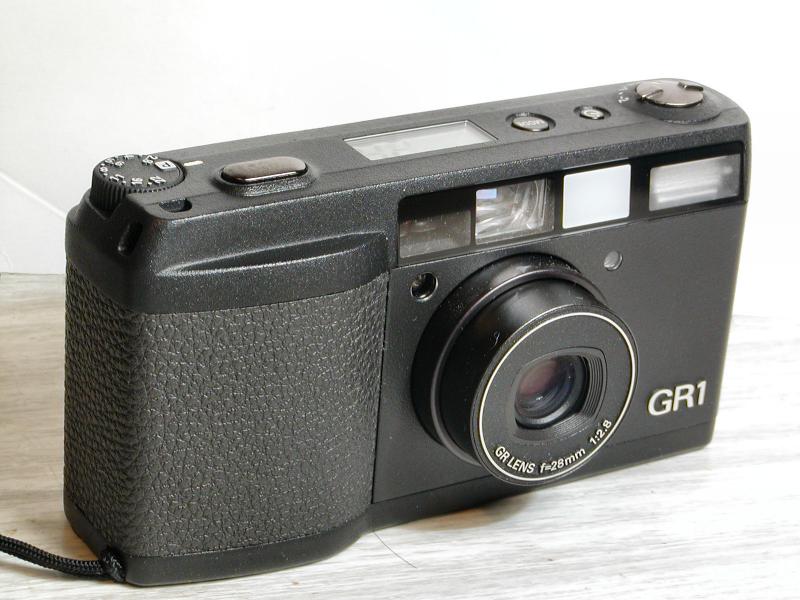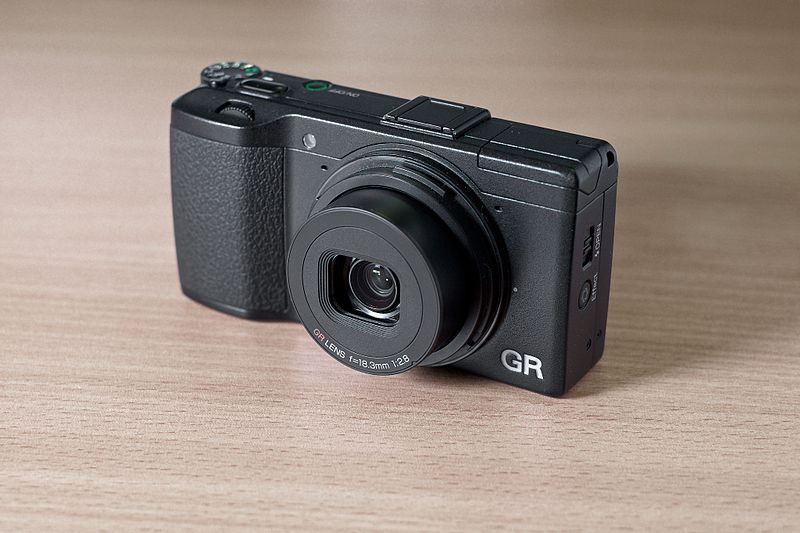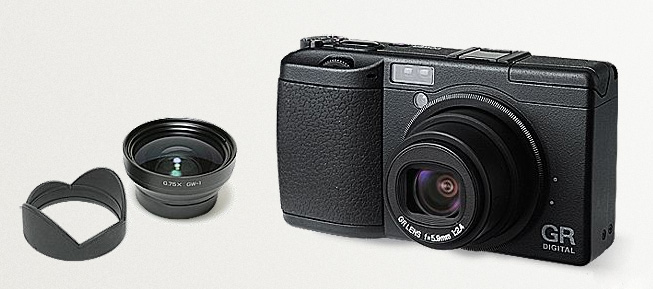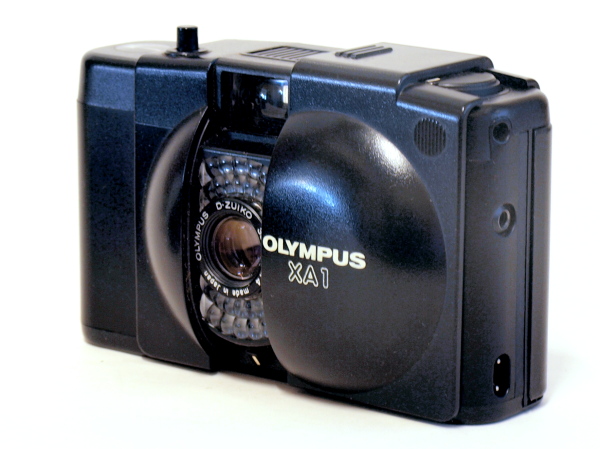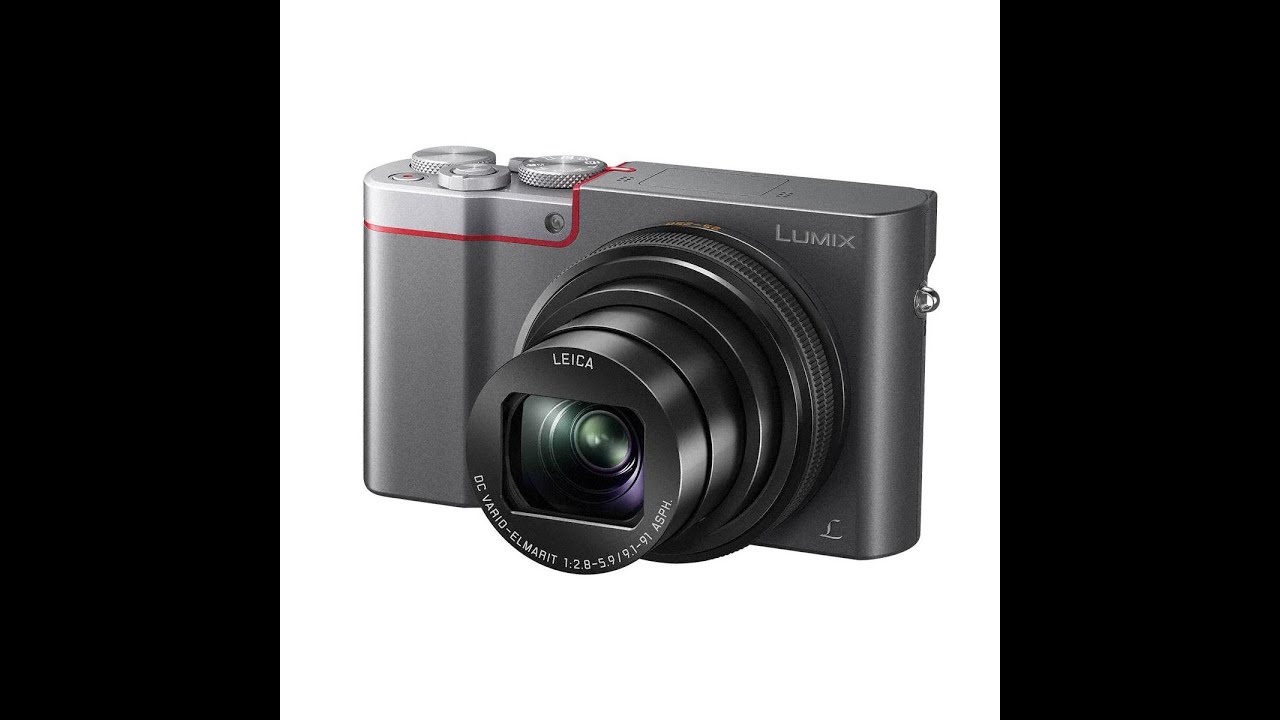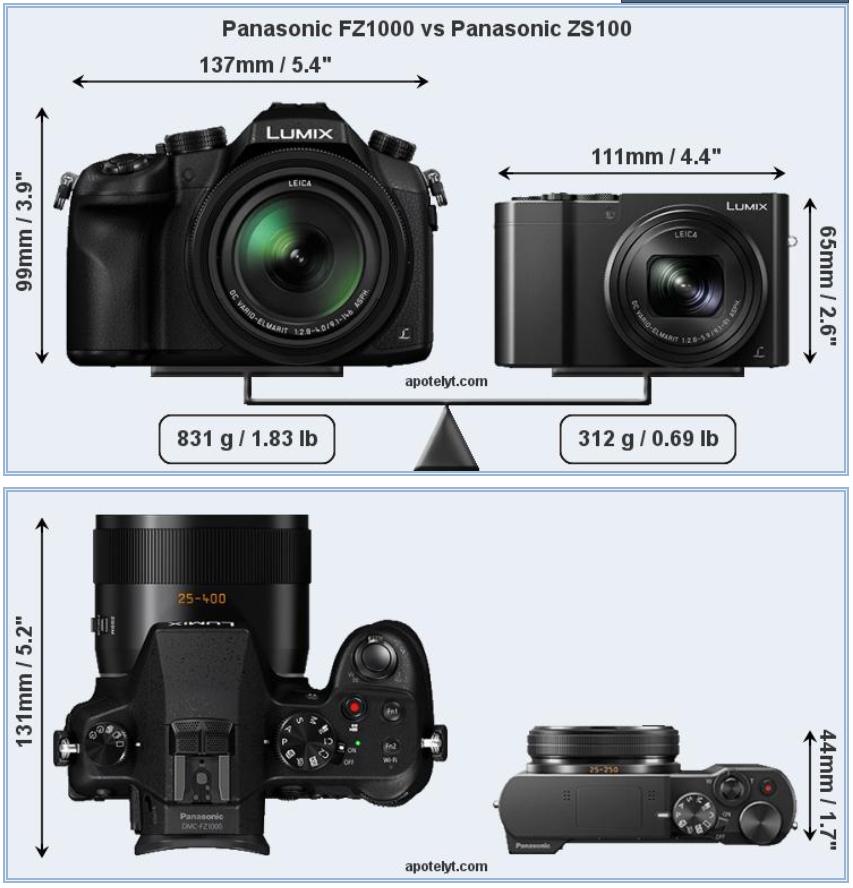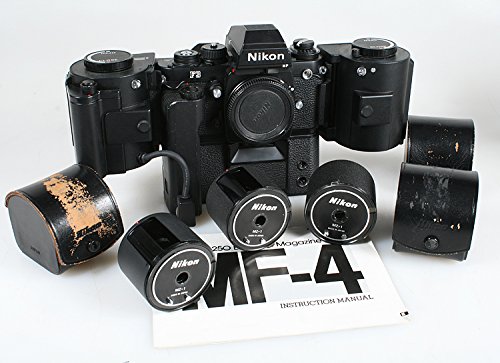Peter Dexter
Well-known member
I recently saw a youtube review of the new Sony RX 100 VI and was darn ready to click "buy" (but I didn't). It got a rave review from the reviewer who went so far as to call it professional grade or some thing like that. It certainly has , on paper lots to recommend it. But I've learned (the hard way) to become skeptical. Some years ago I bought a Panasonic Lumix LF-1 primarily because it was the camera Leica chose to market under it's own name. I thought if Leica liked it it ought to be good. Sadly however the image quality (at least focus) was not so hot. The images looked fine as long as you didn't try to crop. If you did things went south fast. As a result of my experience with that highly lauded camera I view with great suspicion the ability to produce sharp pictures from miniature lenses on "pocket" cameras albeit licensed by the likes of Leica and Zeiss. And much more so if they are zooms.
That said, in the early 'eighties I took up backpacking in the mountains of the American West and Mexico and purchased a Minox GT 35 for it's small size and weight, it would definitely qualify as a "pocket camera". It was a 35mm film camera with an excellent, very sharp Minotar lens. The electronics of that camera were excellent too. I took many mountain / landscape photos with it that I had printed at 11x14. All sharp as a tack. I sure wish I could put that lens on one of the current point and shoots! Despite what was considered by some it's "awkward" fold out lens the camera was an utter jewel and I'm so sorry I don't remember what happened to mine.
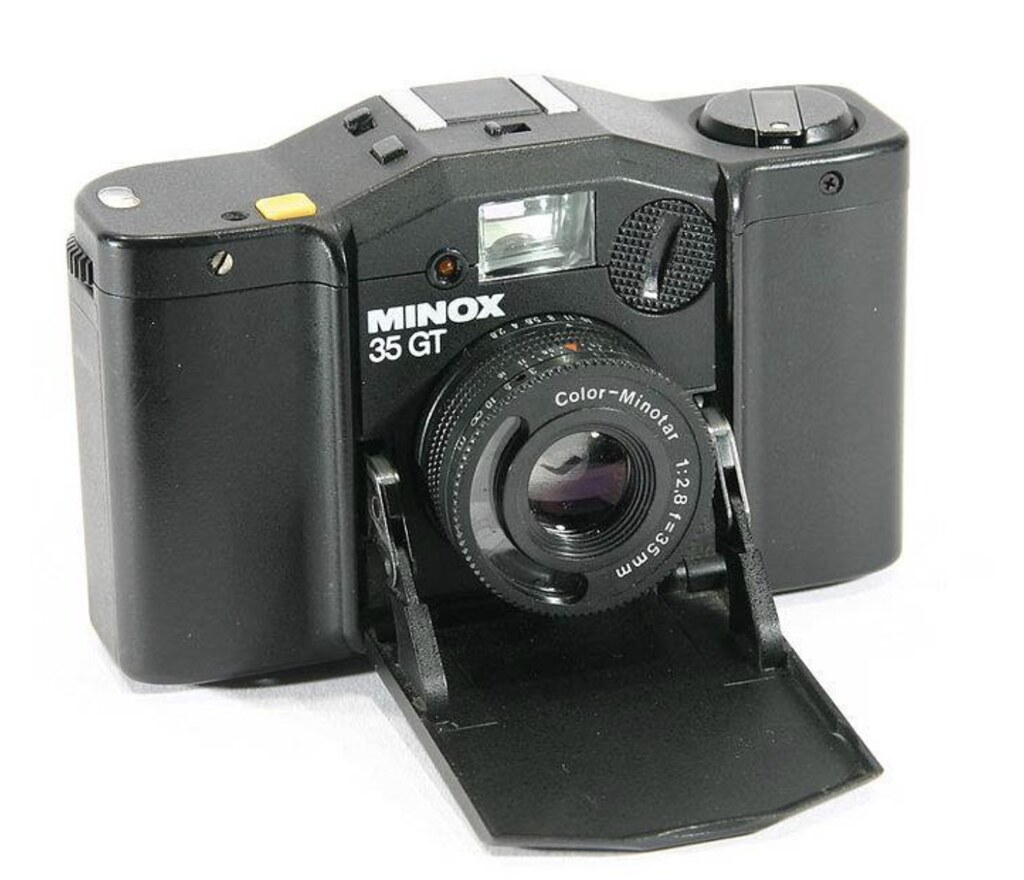
That said, in the early 'eighties I took up backpacking in the mountains of the American West and Mexico and purchased a Minox GT 35 for it's small size and weight, it would definitely qualify as a "pocket camera". It was a 35mm film camera with an excellent, very sharp Minotar lens. The electronics of that camera were excellent too. I took many mountain / landscape photos with it that I had printed at 11x14. All sharp as a tack. I sure wish I could put that lens on one of the current point and shoots! Despite what was considered by some it's "awkward" fold out lens the camera was an utter jewel and I'm so sorry I don't remember what happened to mine.


